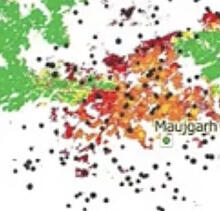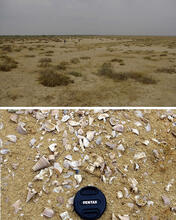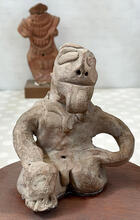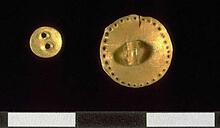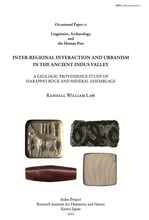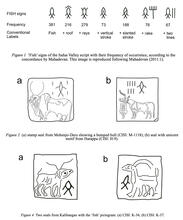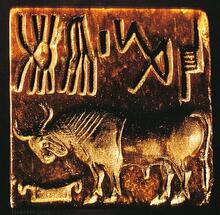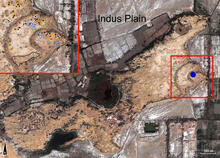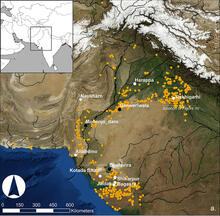This paper develops a key theme relating to the origins of the ancient Indus civilization – the very different geographical reality in the Indus delta and the Arabian coast in the millennia preceding its rise.
A new 37 (to start) slide section takes the viewer through the ancient Indus pieces at the National Museum of Pakistan in Karachi. Pakistan's ancient Indus holdings are actually scattered across provincial, national and site museum collections.
As Dr. Rafique Mughal leads the first major excavation at the site of Ganweriwala in the Cholistan desert – an exceptionally exciting development in ancient Indus archaeology – it is well worth reviewing his earlier papers, many of which were published in Pakistani archaeological journals forty or more years ago.
This book brought a trove of new information to bear that is slowly making its way into Indus archaeology while its materials analysis techniques are becoming more prevalent and important.
The writer, who teaches at CNRS/Université Paris-Saclay in France, has come up with a paper rich in historical and epigraphical associations that complexify and simplify thinking about one of the most important signs on Indus seals, "nearly ten percent of all textual matter."
A superb, thought-provoking paper by one of the most imaginative and interesting of ancient Indus archaeologists, able to reconcile the bigger picture with data and suppositions that often fit together very nicely. They certainly do in this paper.
Very little is known about the so-called "Amri Phase," as this author refers to an apparently pre-Indus civilization site in Sindh that dates to the 4th millennium BCE.
It seems to be an adage around the ancient Indus research that solving one mystery simply surfaces another. This is the case with this paper.

